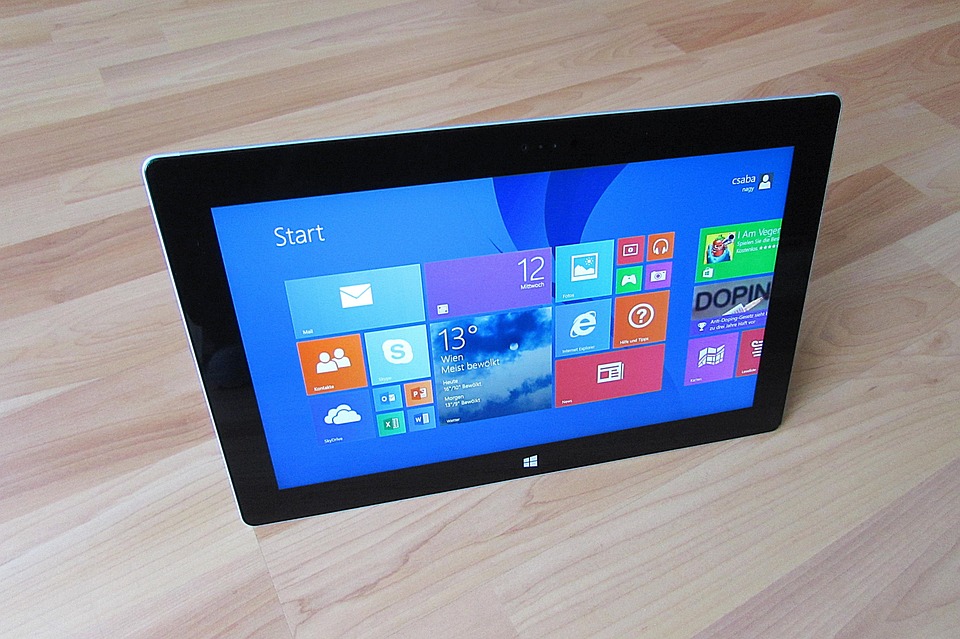In our increasingly digital world, tablets have become ubiquitous tools for communication, entertainment, and productivity. As more people embrace these devices, the question arises: what is the environmental impact of tablets, and are they truly sustainable? This article explores various dimensions of tablets’ sustainability, including their production, usage, and disposal.
1. Resource Extraction
The production of tablets begins with the extraction of raw materials. Components such as rare earth metals, lithium, cobalt, and aluminum are essential for manufacturing tablets. The mining of these materials often entails significant environmental consequences.
-
Mining Practices: Mining for minerals can lead to habitat destruction and pollution. For instance, cobalt mining in the Democratic Republic of Congo has drawn attention due to its devastating impact on local ecosystems and communities. Similarly, lithium extraction often involves draining large amounts of water from local sources, affecting surrounding landscapes and insisting on sustainable practices.
- Carbon Footprint: The extraction process is energy-intensive and contributes significantly to carbon emissions, adding to climate change. Moreover, the inherent variability in sourcing these resources raises concerns over their environmental and ethical implications.
2. Manufacturing Processes
Once raw materials are obtained, tablets undergo a complex manufacturing process that involves various components, including displays, processors, and circuit boards. The environmental impact during this phase can be considerable.
-
Energy Consumption: Manufacturing facilities require substantial energy, most of which is derived from fossil fuels. Despite efforts to green manufacturing processes, many factories still rely on non-renewable energy sources.
- Waste Generation: The production process generates a notable amount of waste and chemical byproducts. Without proper waste management, these substances can pollute the air, soil, and water.
3. Usage Phase
Tablets are designed to be energy-efficient devices, but their sustainability depends significantly on user habits and the lifespan of the products.
-
Energy Efficiency: Many modern tablets have made strides in energy efficiency, consuming less power than traditional laptops or desktops. However, the cumulative electricity consumption can still contribute to high energy demands, especially in households with multiple devices.
- Longevity and Upgradability: The average lifespan of a tablet is often limited. Many users replace their devices every few years due to technological advancements or software obsolescence. This frequent turnover exacerbates the demand for new resources and increases overall electronic waste.
4. End-of-Life Considerations
Disposal of tablets poses a significant challenge in the context of sustainability. E-waste is one of the fastest-growing waste streams worldwide, and the improper disposal of smartphones, tablets, and other electronics can have detrimental effects on the environment.
-
Recycling Challenges: While some components can be recycled, the recycling processes are not uniformly efficient. Many consumers are unaware of proper e-waste disposal methods, leading to increased landfill waste, where hazardous materials can leach into soil and groundwater.
- Circular Economy Solutions: Some companies have begun to adopt circular economy principles, which advocate for recycling, refurbishing, and reusing devices. Programs that incentivize users to return old tablets for discounts on new models can help mitigate waste and foster a more sustainable environment.
5. Conclusion: A Path Towards Sustainability
As we weigh the environmental impact of tablets, it becomes clear that while they offer many benefits, they come with notable sustainability challenges. The industry must prioritize ethical sourcing, energy-efficient manufacturing, and innovative recycling solutions to make tablets more sustainable.
Consumers have a role to play as well—making informed choices about device longevity, recycling, and supporting companies committed to sustainable practices can foster a healthier ecosystem. As technology continues to evolve, the path towards sustainable tablets will require collaboration among manufacturers, policymakers, and consumers alike to ensure that the convenience of digital devices does not come at the cost of our planet’s health.



